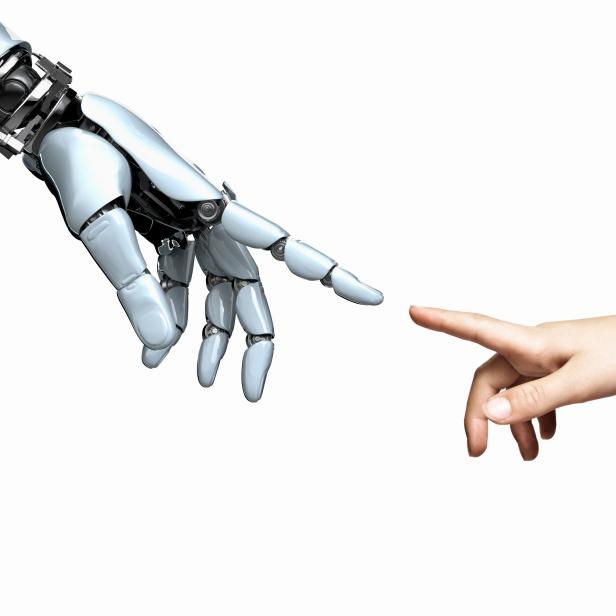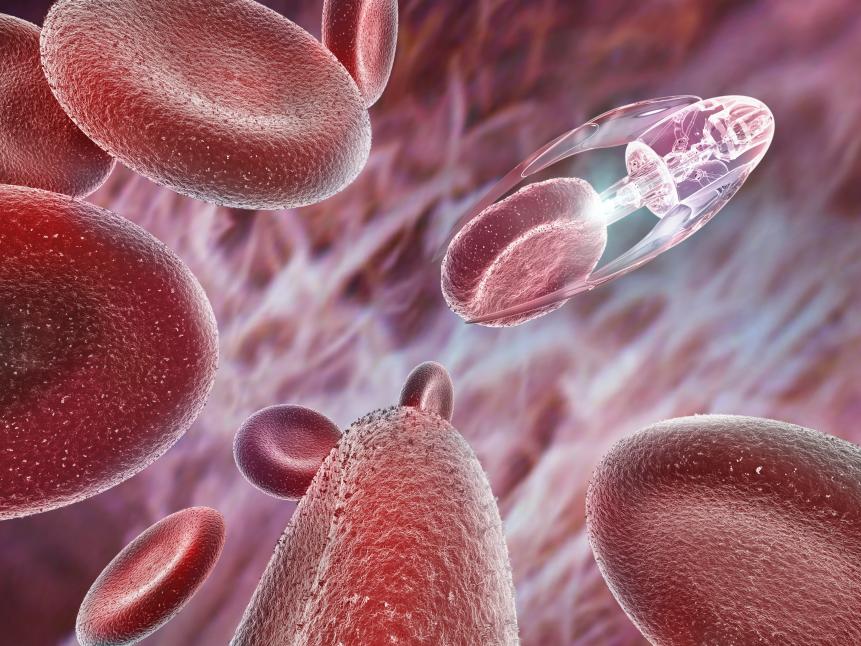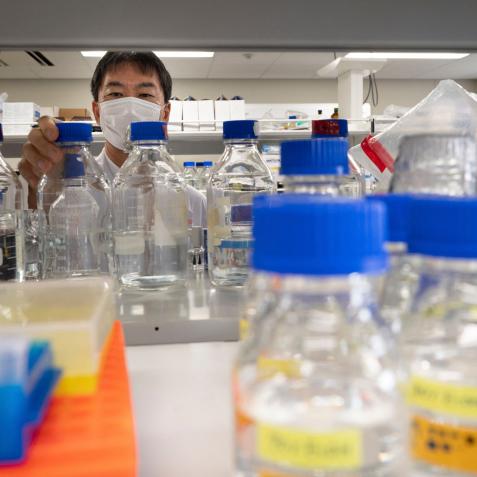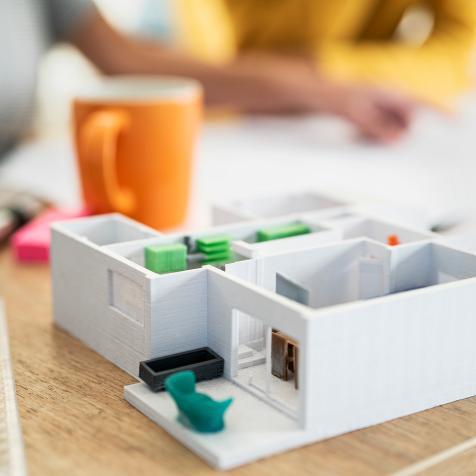
Coneyl Jay
Robots Imitate Life to Create Better Versions of Themselves
Growth is a new frontier in robotics. Scientists are using plant biology and mechanics to design robots that grow like roots or vines to move around obstacles and carry objects. One research project used a 3D printer at the tip of a tubular robotic root to build its own body as it grows.
Stanford University’s vine robot is another simple yet sophisticated plastic tubular robot that grows by unfolding from the inside as air is pumped into it. The soft body can move over rough or sticky surfaces littered with sharp objects, grow to 100 times its original length, and squeeze through gaps one-quarter of its size.
Vine robots can twist and turn in any direction to move through tight spaces. In one test it snaked under a 100kg crate, lifting the crate as it moved. Its designers say the flexible robot could be used to detect people and deliver equipment inside collapsed buildings or be shrunk down to work as an instrument in medical procedures.
Another team from Sweden and Japan-based its findings on a different type of biological growth. They created tiny microbots made from a special gel mixed with a biomolecular material that hardens like bone. When electricity is applied to the gel it can bend in a specific direction, then the gel mix sets. These microbots could be used in medicine to move into cracked bone and repair it.

Coneyl Jay
Artist impression of a medical nanotechnology robot probe using light to treat red blood cells.
Robots that reproduce to make exact copies of themselves are poised to take that progress up a notch. Computing and robotics experts at the University of Vermont have designed living robots from frog cells – named ‘xenobots’ – that can re-create themselves from single cells. Xenobots resemble a tiny Pac-Man, and their ‘babies’ grow into exact replicas that build more xenobots.
Reproduction and evolution were actually used in an earlier experiment in 2015. European scientists built a computerized ‘mother’ robotic arm that assembled smaller robots. Each generation that the system built became progressively better at moving. Baby robots – simple cubes with motors installed – were glued together by the mother robot in different ways, so they could move further than the generation before.
It was a major milestone in robot learning and was used as inspiration for robotic evolution projects at the UK York Robotics Laboratory. Robot bodies there are 3D printed and then fitted, using a computerized arm, with sensors and other components like wheels, motors, and a Raspberry Pi computer brain.
Designs are tested in a mock-up of a nuclear reactor, where robots must clear radioactive waste. Each robot is scored on its success at the task, and the computer then chooses which robots are allowed to reproduce. What form that robot life takes depends entirely on its success.
Researchers say their system could operate entirely by itself. But future evolutionary robot systems would likely need a kill switch to stop the system from running out of control and harming humans or the environment.


















